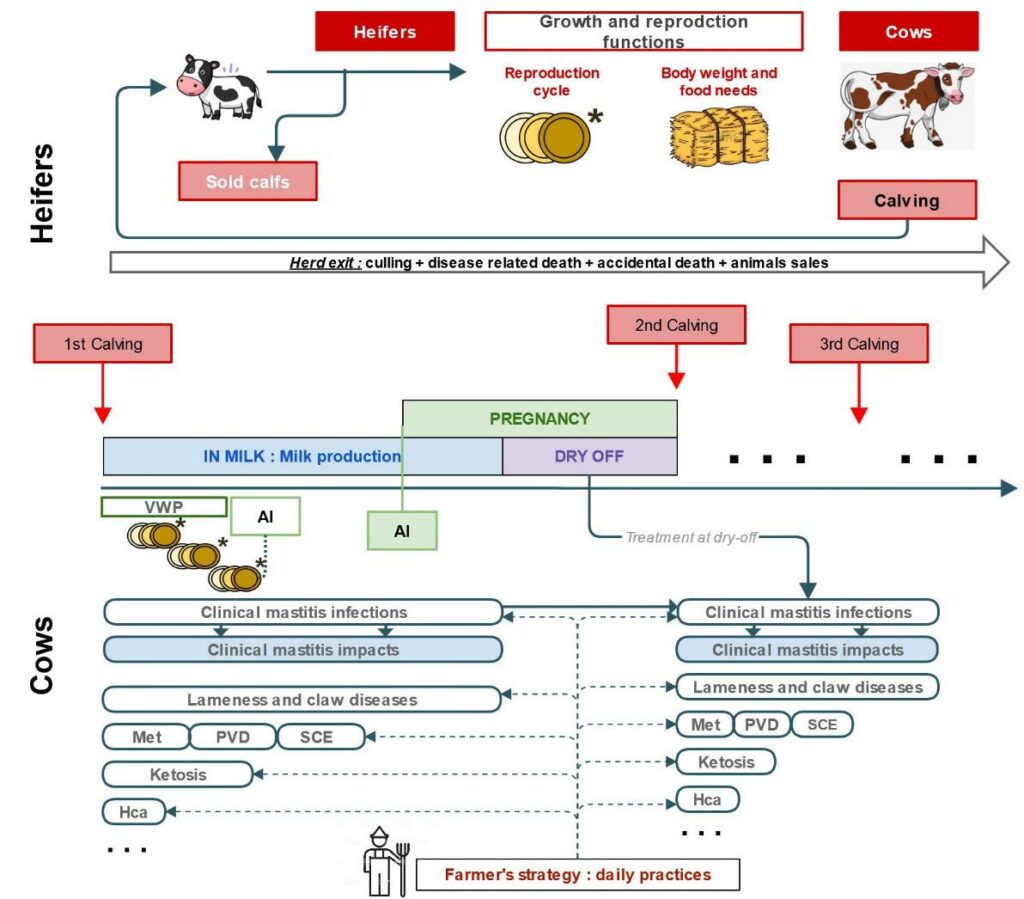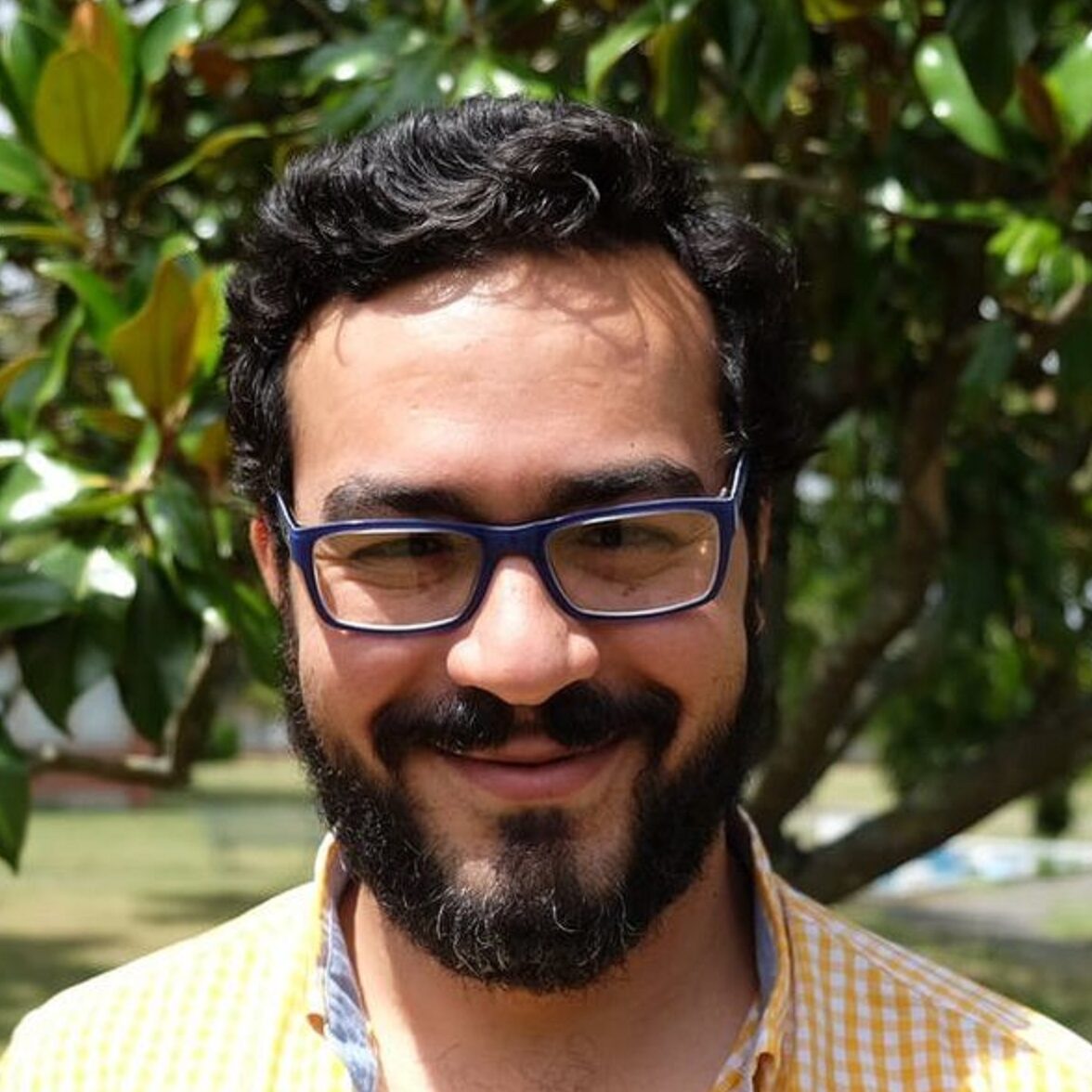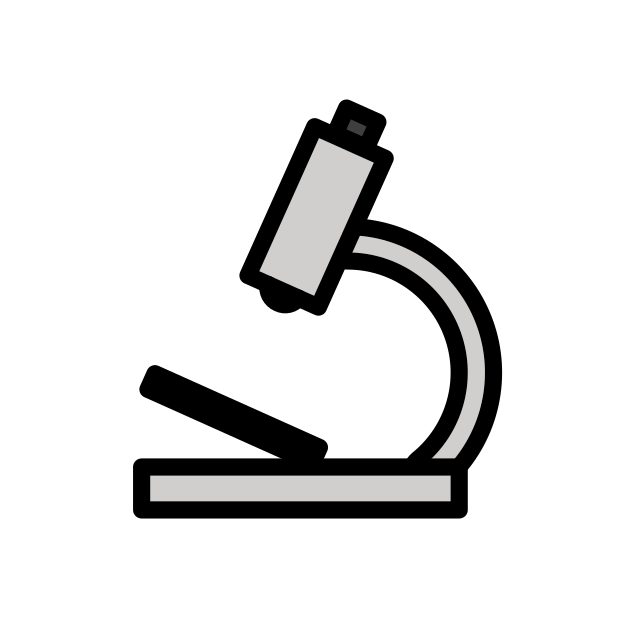Supervisors
When research and Teaching interweave
Research
DairyHealthSim is a new bio-economic sequential optimization model, composed of a biological simulation model coupled with an economic optimization model. The biological model is defined on a cow-week basis and the weekly probabilities for all cow events, including milk production, reproduction and diseases are simulated (see Figures below). This biological component aims at a dynamic representation of a dairy herd. Milk production was simulated by Wood’s curve. Reproduction was described by modelling each ovarian cycle from puberty to first conception and for all cows after the post-calving anoestrus period. Health disorders were mechanistically defined weekly for each cow and calf. For each simulated cow, the weekly disease occurrence for a given event depends on a computed final risk that combines a basic incidence risk, cow characteristics risks (e.g., weeks in milk, parity, and theoretical milk production levels), herd-level contamination risk, disease-related risks, farmer management-related risks, and treatment related risks (relapse). A herd-size objective was fixed for in-milk cows to consider barn constraints and a set of rules was defined to make the culling decision dependent on herd-size.
The economic outcome of the model is the farmer’s utility under the different combinations of constraints, thanks to a recursive mean-variance optimization framework that dynamically represents the farmer’s input allocation decisions. The risks considered in the model are :
- A market risk related to the volatility in milk and feed prices (based on prices over the last 10 years).
- A climatic risk which is assumed to affect the on-farm produced forage quality (and then leads to more or less forage concentrate purchased to compensate).
Four main categories of constraints are used during the optimization: structural constraint of the barn, farmer workload, feed availability and sustainability conditions (antimicrobial use, dairy cow longevity and animal welfare). Applications with farmers’ strategies related to biological risk management, labour willingness and market demand are developed. For instance, we showed the ability of the model to propose a broad range of biological situations associated with heterogeneous utility and the usefulness of the economic optimization.





